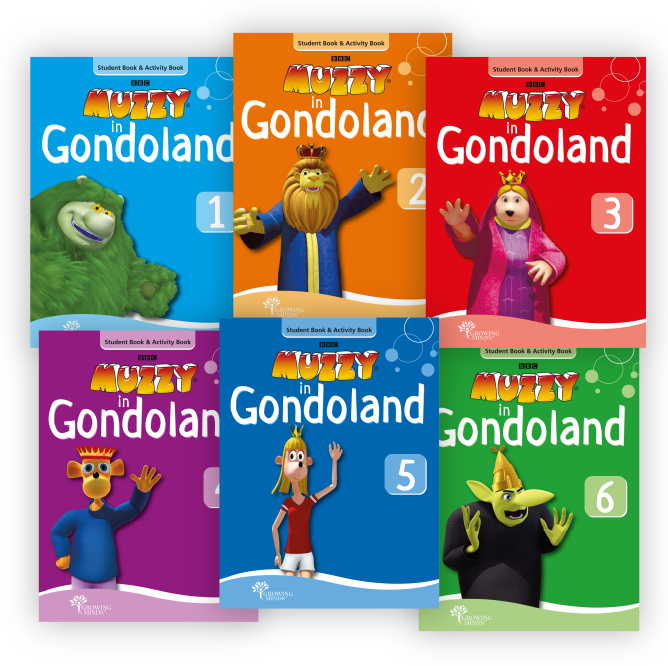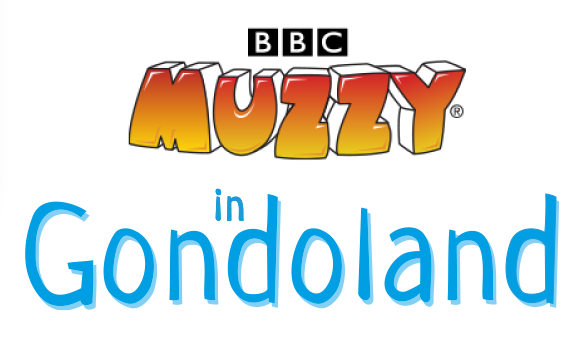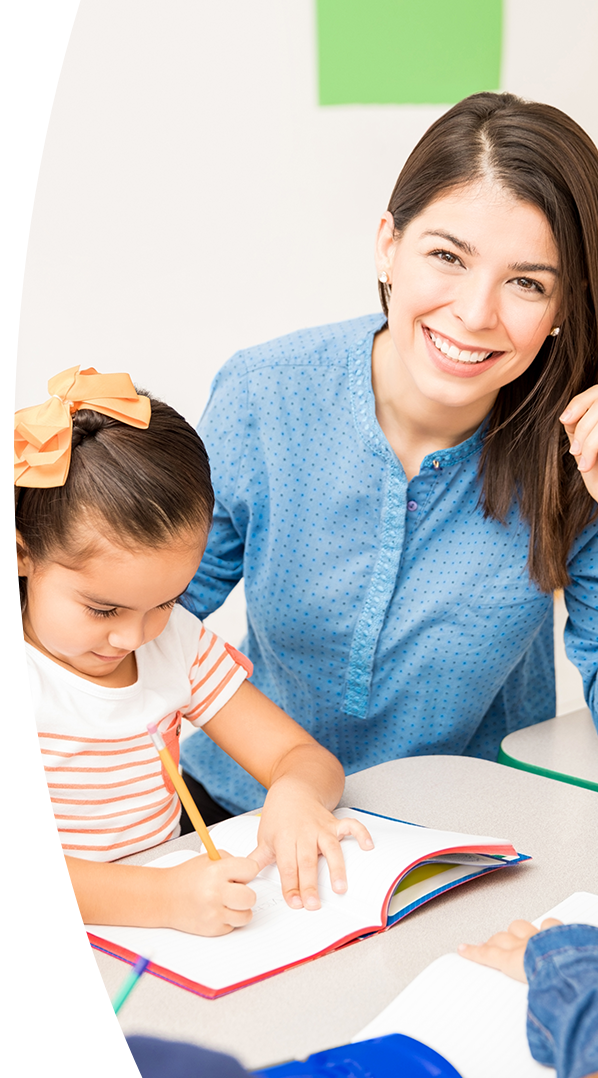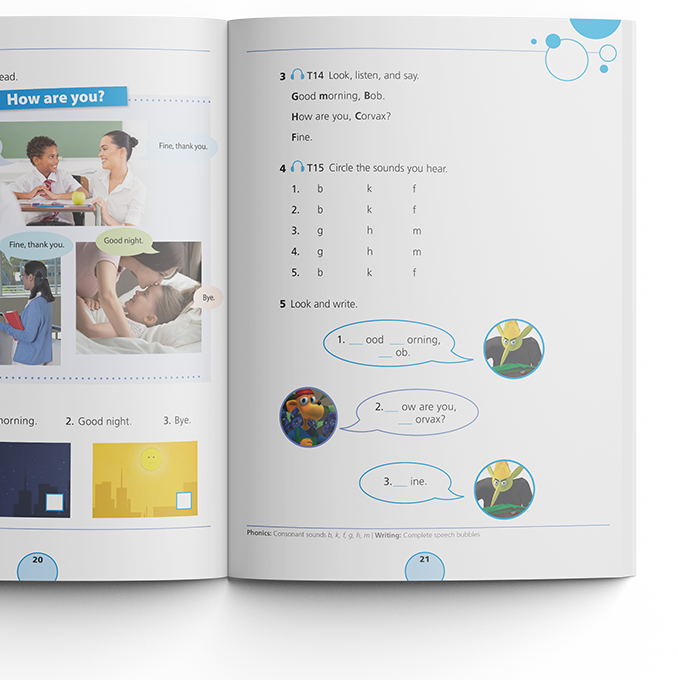

About Muzzy in Gondoland With Muzzy

Muzzy in Gondoland integrates activities from English with Muzzy but is presented as a combined Student Book and Activity Book, making it ideal for settings where learning time is limited compared to English with Muzzy.
The captivating videos from BBC™ offer language input as students watch and enjoy Muzzy and his friends' adventures in Gondoland.
A novel approach to language learning encompasses all the necessary elements for students to develop basic English communication skills.
Structured practice and meticulous scaffolding instill confidence in students from the early stages of language learning.
In the video component, content is presented at least twice, and in some instances, a third time with muted sound to encourage children to recall the spoken words.
The program adheres to international standards, including the Common European Framework, and prepares students for Cambridge Assessment™ Young Learners Exams.
For All Levels (Levels 1-6)

Teacher Methodology

Write: Teachers assess children's understanding of the
items presented in the Look feature.
Say: Children practice saying key terms, and additional
suggested extension activities are available in the
Teacher's Guide.
Look: The Look feature highlights one key grammar
point from the video using meta-language.
Listen: Key vocabulary words, phrases, and sentences
are presented in audio form, with children identifying
correct answers in their Student Book.
Talk: Role-play or mix-and-mingle activities are
presented for controlled production.
Read: Once children are familiar with the sounds of key
words, phrases, and sentences, they move on to
recognizing them in writing. The Teacher's Guide
identifies key phonological features for presenting items
in isolation, free from encumbrances like minimal pairs or
stress within words.

The Student Book
The Student Book follows a consistent and
structured approach, employing a predictable pattern in
each lesson format. This ensures that the combination
of structural formats effectively teaches specific
content objectives.
Vocabulary Lessons: Identify and repeat
new words and expressions; identify,
write, and use new words.
Conversation Lessons: Listen, read, and
repeat communicative interactions.
Language Lessons: Identify and study
how language works; use new language in
a communicative function.
Literacy Lessons: Reading involves
listening to and reading short texts for
understanding; phonics focuses on
building letter-sound awareness; writing
involves composing phrases, sentences,
and short texts.